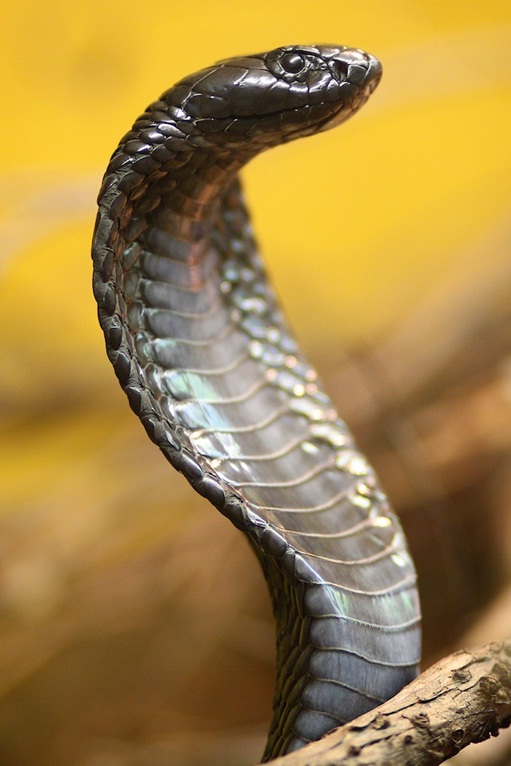The Case of @BronxZoosCobra: Why Every Organization Needs a Social Media Expert
Over the past few days, we have all watched with amusement and horror (but mostly amusement) the case of the escaped Bronx Zoo cobra.
Perhaps more notable than the actual creature itself is the epic game of Twitter cat and mouse that has evolved between @BronxZoosCobra, @BronxZooKeeper and @BronxMongoose. In less than 3 days, the @BronxZoosCobra handle has amassed nearly 150,000 followers; the New York Times even took note, running a story in their “City Room” section on Tuesday.
But amongst all this buzz, the one voice that has the most to lose (or to gain) remains strangely quiet—that of @TheBronxZoo. The only response so far has been a single Tweet, sent out on Monday: “We understand interest in this story & that everyone wants us 2 find the missing snake. Right now, it’s the snake’s game. http://bit.ly/bzcob”
Perhaps this silence is an active choice—at the moment, it may even be the right choice. For now, it’s all fun and games. But what happens (and we all hope it doesn’t) if someone does get seriously hurt? Silence will not suffice. @TheBronxZoo will need to respond—quickly, strategically and through both traditional and social channels.
This, my friends, is a perfect example of why every organization needs to have a social media expert available and ready to respond. And I’m not just talking about someone who knows how to log in to Facebook or send out a Tweet; I’m talking about someone who knows digital pr and communities and how to operate strategically in the social sphere.
Let’s take a quick look at what the Bronx Zoo has done right so far and what they should be looking at doing moving forward.
What they are doing right:
If you click the link in the lone tweet from @TheBronxZoo, you will find yourself the zoo’s website on a page containing a statement from Jim Breheny, the SVP for the Wildlife Conservation Society and Bronx Zoo Director. In his statement, Mr. Breheny explains:
1. What steps they have taken and are taking to finding the cobra—securing the building and regular sweeping searches.
2. What they think the cobra is doing—hiding out in the Reptile House.
3. Why they are not giving more regular reports—there is simply no new information to share.
What they are doing right here is 1) sharing what information they do have and 2) explaining their relative silence.
Steps they can take NOW, even while they are searching:
1. Outline a crisis communications plan for different scenarios—e.g. they find the cobra in the zoo, they find the cobra NOT in the zoo, etc. This should encompass communications strategy for their website, their Twitter handle and other relevant social outlets. It should also include, dare I say it? their social media strategy on how they want to relate to @BronxZoosCobra, @BronxZookeeper and @BronxMongoose—this may be “to not engage,” but this should be an active decision, not a default and they should be aware of the conversations that involve them.
2. Assign a spokesperson to handle all media inquiries.
3. Establish a “homebase”—a website which will host all official information. This should have the capability for a question and answer forum, should the need arise, and be managed by a centralized source—having all information go through one person will ensure consistency in response.
4. Take benchmarks now to track how social traffic impacts this homebase once an announcement is made.
And the current silence from @TheBronxZoo? Let’s hope it is a result of their public relations strategy and not of a lack of knowledge about how to respond.
To reach Alea Skwara:
Phone: (212) 584-5484
Email: alea@blisspr.com
Twitter: @AleaSkwara
LinkedIn: Alea Skwara
